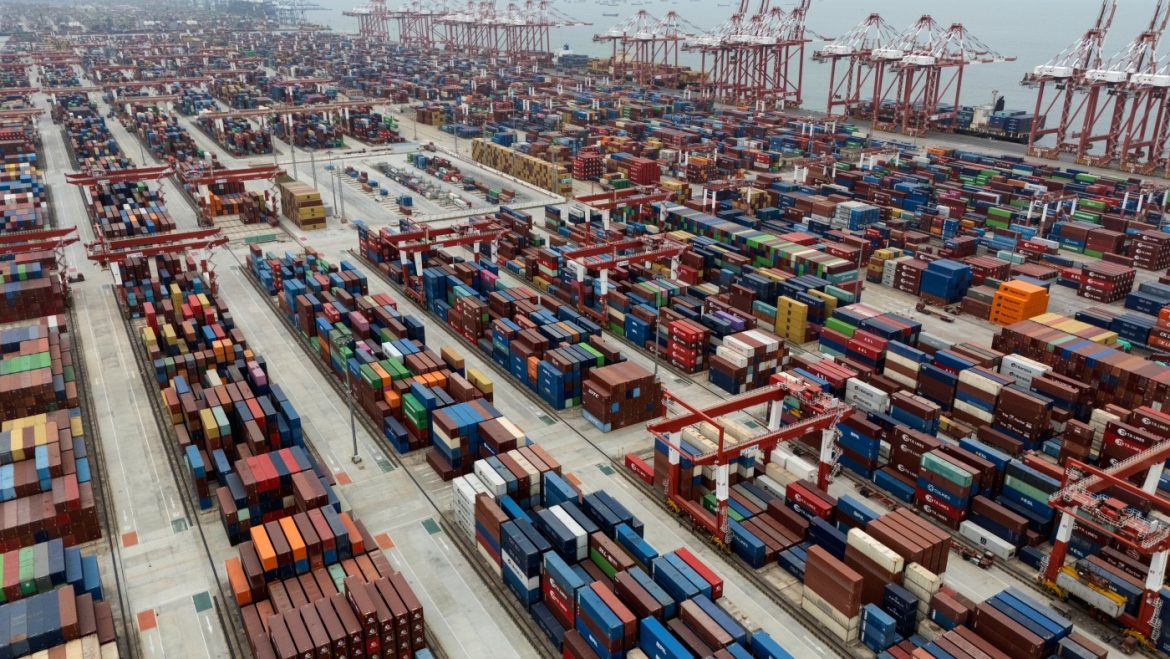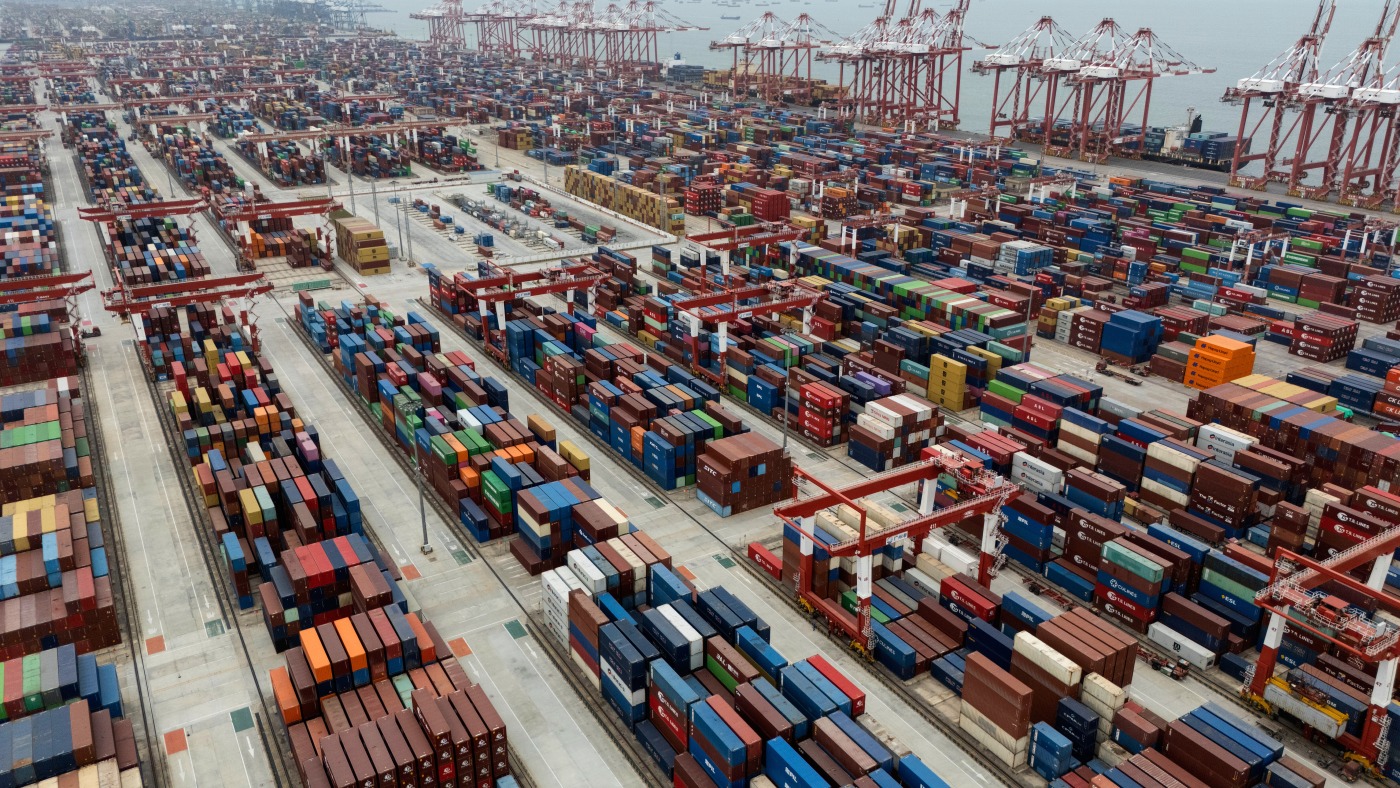Navigating the Landscape of U.S.-China Tariff Uncertainty: Impact on Chinese Factories
The recent 90-day pause on triple-digit tariffs imposed by the United States on Chinese goods has created a complex environment for Chinese manufacturers. While the temporary tariff suspension provides some relief, it has not eliminated the widespread uncertainty pervading factories across China. This atmosphere of unpredictability affects production decisions, market strategies, and the broader supply chain dynamic.
The Temporary Tariff Pause: Relief Amidst Lingering Uncertainties
The brief halt in extreme tariffs was intended as a window for negotiations and to ease trade tensions. However, exporters and importers remain cautious. According to recent reports, factories are experiencing an overall decline in orders despite the tariff reprieve. This suggests that businesses are adopting a wait-and-see approach rather than ramping up immediately, uncertain about the long-term trajectory of trade policies.
Furthermore, freight logistics have been affected, with shippers redirecting capacity back to China, which has jacked up freight prices and created additional cost pressures for exporters. Factory owners express concern about fluctuating demand and the risk of sudden policy reversals, which complicate production planning and inventory management.
Shifting Production Patterns: New Markets and U.S. Facilities
Facing these challenges, many Chinese manufacturers have employed strategic adjustments to mitigate the adverse effects of tariffs. One notable trend is the search for alternative markets beyond the U.S. This diversification aims to offset lost demand resulting from tariff barriers and to maintain revenue streams. However, penetrating new markets requires time and resources, and often does not compensate fully for the volume lost in the U.S. trade corridor.
Additionally, a number of Chinese exporters are attempting to bypass tariffs by investing in manufacturing facilities within the United States. Setting up local production can reduce tariff costs and improve supply chain responsiveness. Despite the promise, the process is difficult and costly, involving regulatory hurdles, unfamiliar operational environments, and challenges in securing a skilled workforce. This approach reflects a significant strategic shift but is far from a panacea for the disruptions caused by tariffs.
Market and Supply Chain Dynamics: The Ripple Effects
The tariff-induced uncertainty extends beyond factory floors. The shipping industry, for instance, has observed a tentative increase in cargo loadings due to lower tariffs during the moratorium. However, many companies are hesitant to commit to large-scale shipments without confidence in a durable trade agreement.
There is also concern about the timing of shipments, particularly with peak retail seasons like Christmas approaching. Delays or sudden changes in trade terms could disrupt the supply chain, impacting retailers on both sides of the Pacific and leading to inventory shortages or excesses.
The overall atmosphere remains one of cautious optimism blended with apprehension. Businesses are adapting dynamically but remain vulnerable to abrupt policy shifts.
Conclusion: The Road Ahead for Chinese Factories Amid Tariff Uncertainties
The 90-day tariff pause has offered a breathing space for Chinese manufacturers but stops short of delivering stability. The persistent uncertainty surrounding U.S.-China trade relations has forced factories into a state of flux—pausing production, exploring new markets, or attempting challenging local operations in the U.S. These adaptations require significant investment and entail risks, reflecting the profound impact of tariff policies beyond immediate costs.
In the evolving geopolitical and economic landscape, Chinese factories must navigate a delicate balance between agility and caution. Their future depends on both strategic resilience and the potential for more predictable international trade frameworks. Until then, pauses in tariffs may alleviate pressure temporarily, but do not resolve the underlying instability that shapes production and trade decisions today.


